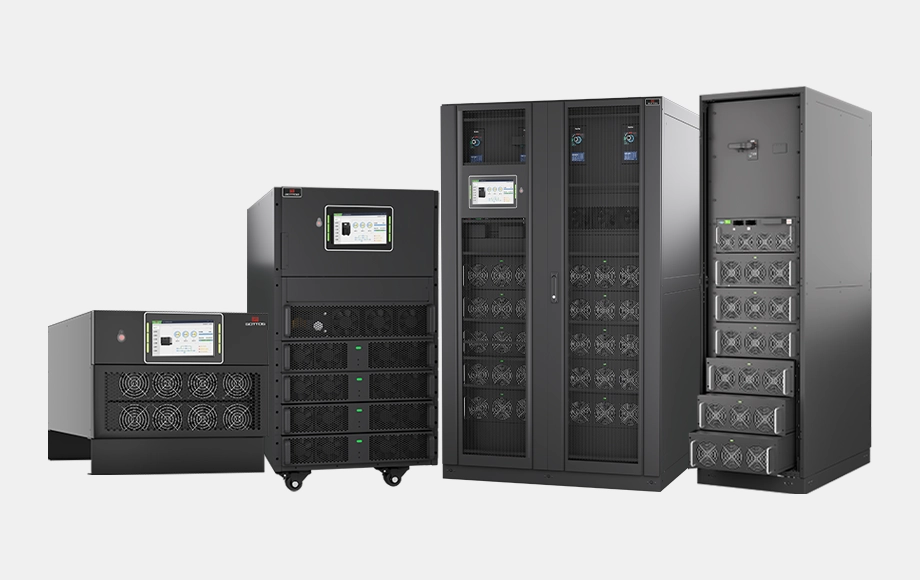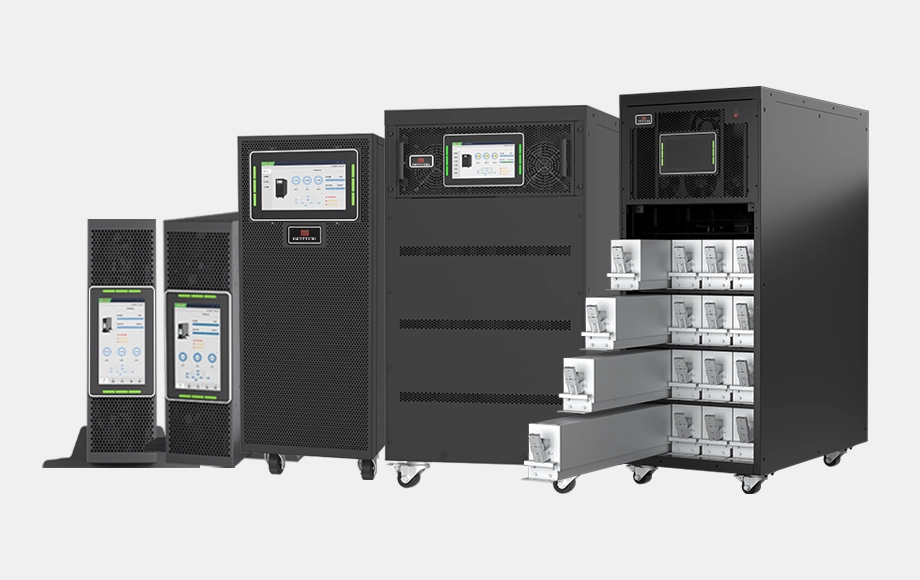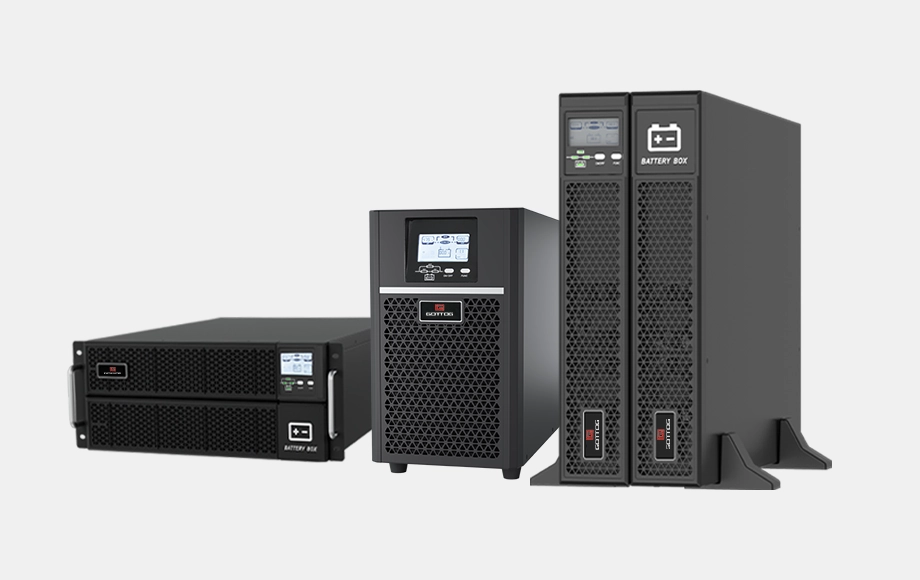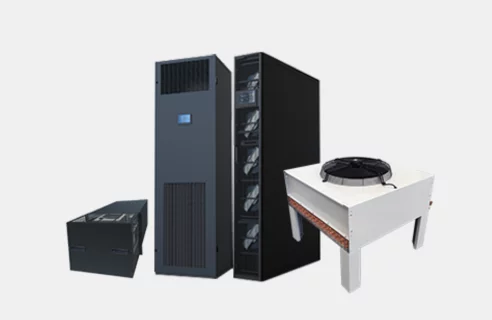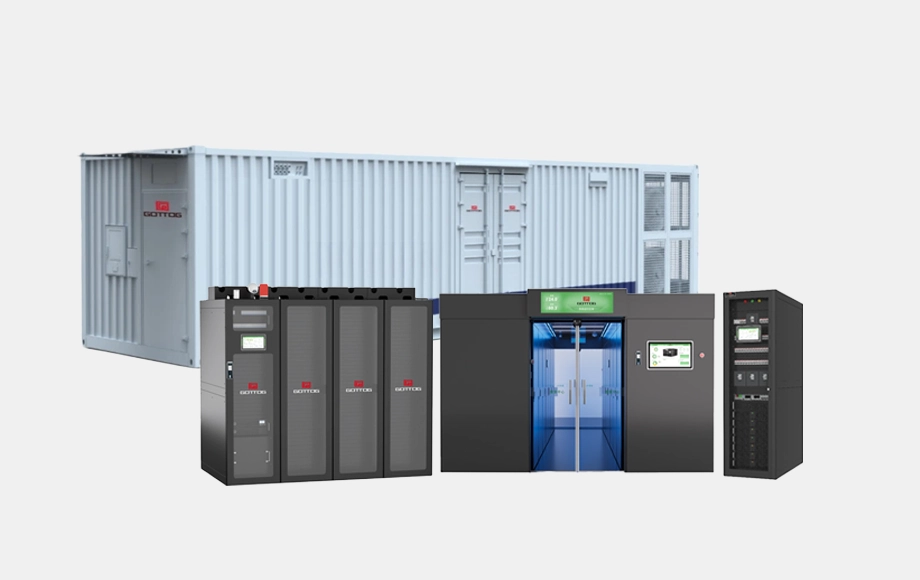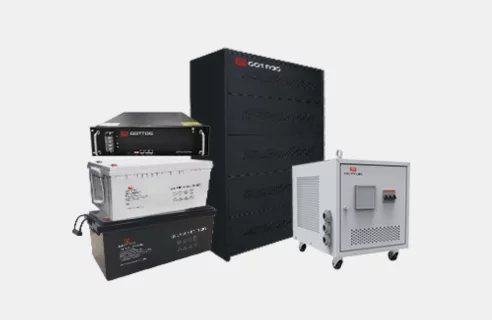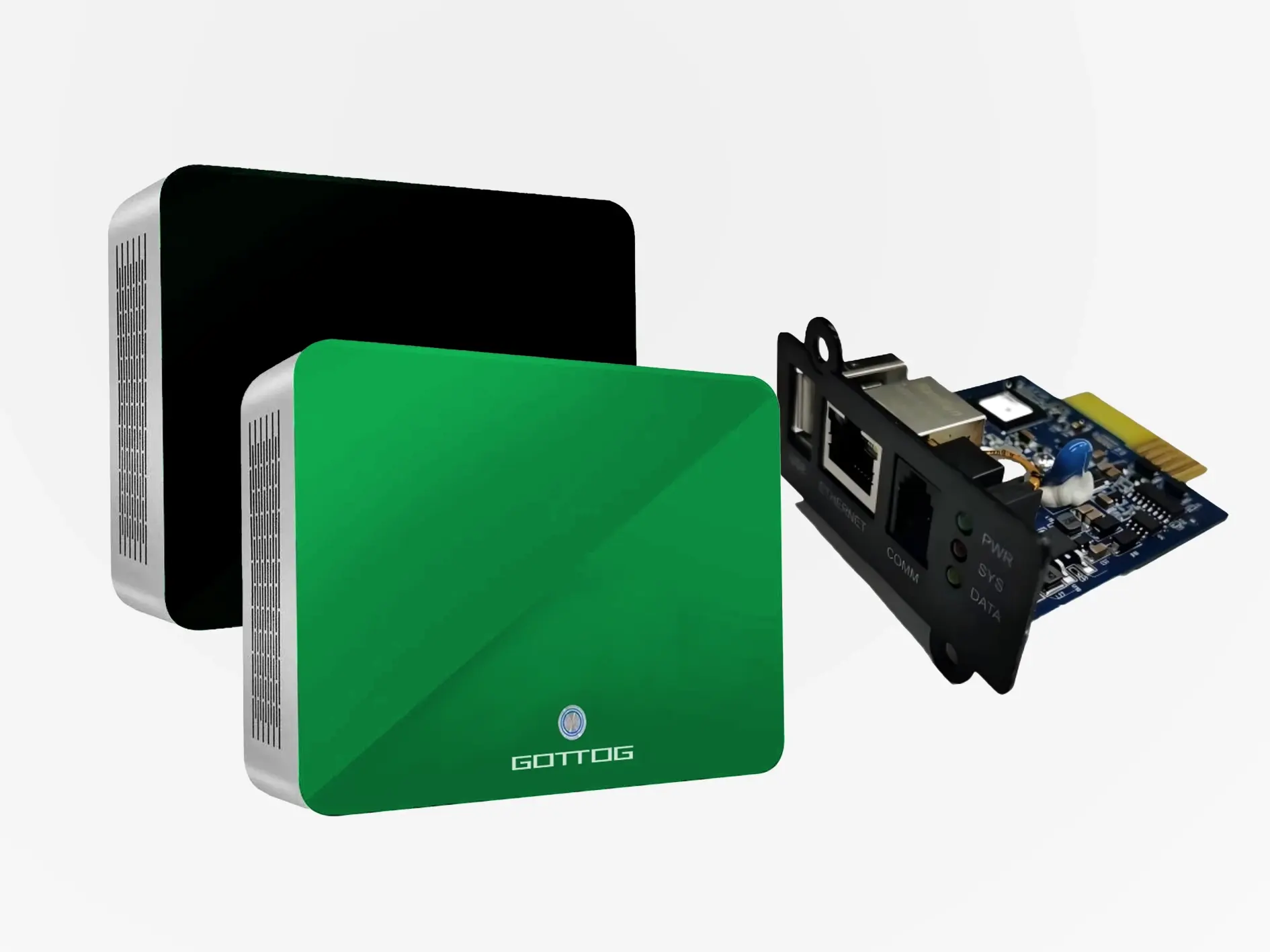With the advent of the digital age, data centers are facing increasing demands for computing power and processing speed, and traditional air cooling technology is gradually becoming limited. To meet the challenges of higher computing density and more stringent heat dissipation, liquid-cooled server racks, as a new cooling solution, have gradually become a core application in data centers. This article will explore the definition, characteristics, and reasons for the growing popularity of liquid-cooled server racks in modern data centers.
1. Definition of Liquid-Cooled Server Racks
Liquid-cooled server racks use liquid cooling technology to manage heat within server racks. Unlike traditional air-cooled systems, liquid cooling uses liquid as a heat medium, directly contacting the server’s heat dissipation surfaces to quickly dissipate heat. This technology, used in data center racks, effectively cools server hardware, preventing equipment failure or performance degradation caused by overheating. Liquid cooling technology typically uses a specialized coolant, such as water or other highly conductive liquids, to conduct and dissipate heat.
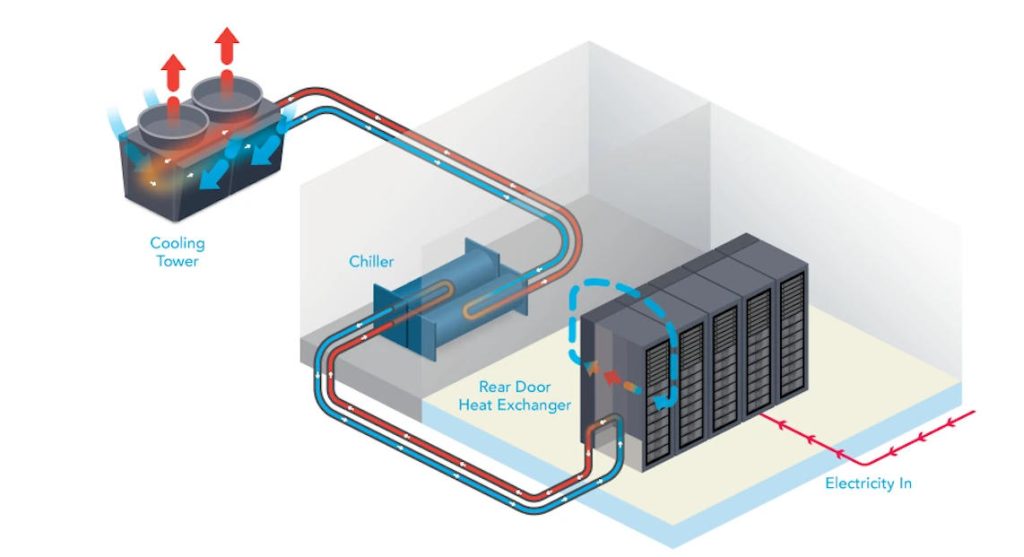
2. Features of Liquid-Cooled Server Racks
Efficient Heat Dissipation
The core advantage of liquid cooling systems lies in their superior heat dissipation performance. Liquids have a much higher specific heat capacity than air, allowing them to absorb and conduct heat quickly. Compared to traditional air cooling systems, liquid cooling systems can efficiently dissipate heat in a smaller space, adapting to higher-density computing requirements. Therefore, they are particularly suitable for large-scale data centers and high-performance computing environments.
Energy Savings and Cost Reductions
Liquid-cooled server racks offer significant energy savings due to their superior heat dissipation efficiency. Traditional air cooling systems rely on powerful fans to move air, consuming significant amounts of electricity. Liquid cooling systems, on the other hand, utilize efficient heat conduction mechanisms to achieve greater heat dissipation capacity at lower power consumption. This low energy consumption and high efficiency give liquid cooling technology significant potential for reducing data center operating costs.
Space Optimization
Liquid cooling systems can provide greater heat dissipation capacity in a smaller space, making them particularly effective in high-density computing environments. With the increasing demand for high-density computing in data centers, liquid-cooled server racks can effectively prevent equipment failures caused by insufficient heat dissipation while optimizing and improving space utilization in computer rooms.
Reliability and Stability
Liquid cooling technology maintains stable equipment temperatures, preventing hardware damage caused by excessive temperature fluctuations. Especially in applications requiring extremely high reliability, such as life support and financial computing, liquid cooling systems provide more stable heat dissipation, ensuring long-term, stable equipment operation.
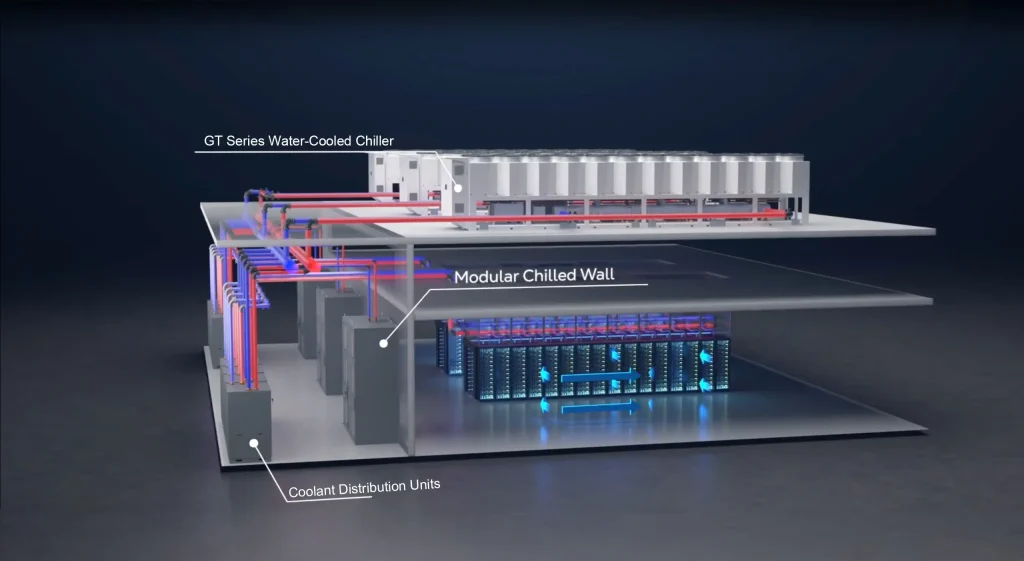
3. Why Liquid-Cooled Server Racks Are Growing Popular in Modern Data Centers
Meeting the Demand for High-Density Computing
With the rapid development of technologies such as cloud computing, big data, and artificial intelligence, modern data centers are placing ever-increasing demands on server computing power and processing speed. To meet these demands, data centers often adopt high-density server configurations, placing enormous pressure on traditional air cooling systems. Liquid-cooled server racks effectively manage heat in high-density environments, avoiding the heat dissipation bottlenecks of air cooling systems and are therefore increasingly popular in data centers.
Energy-Saving and Environmentally Friendly Trends
With the global focus on energy conservation, emission reduction, and environmental protection increasing, liquid cooling technology, with its efficient heat dissipation and low energy consumption, aligns with the green environmental trend. Liquid cooling systems not only reduce energy consumption but also reduce data center carbon emissions, providing enterprises with a more environmentally friendly operational solution. Especially with rising energy costs, liquid cooling technology undoubtedly provides an effective way for data centers to save costs.
Reduced Maintenance Costs
Although data center water cooling systems require a significant initial investment, their efficient heat dissipation reduces equipment failures and thermal damage in the long term, lowering maintenance costs. Furthermore, the stability of liquid cooling systems reduces downtime caused by system failures, thereby improving data center operational efficiency and reliability.
Continuous Technical Maturity and Development
With the continuous development and optimization of liquid cooling technology, the cost of liquid cooling systems has gradually decreased, performance has continued to improve, and the technical difficulties encountered in early applications have been gradually overcome. Today, liquid cooling systems are not only used in high-end data centers, but many small and medium-sized enterprises are also considering them as a key option for upgrading their data center facilities. The maturity of technology has led to the widespread use of liquid-cooled server racks and promoted their widespread adoption in data centers.

Liquid-cooled server racks,with their efficient heat dissipation,energy-saving and environmentally friendly advantages, and adaptability to high-density computing environments, are becoming an ideal choice for modern data centers. With the continuous development and optimization of technology, liquid cooling systems have not only gained widespread application in high-end data centers, but more enterprises are also beginning to recognize their potential value. In the future, liquid cooling technology is expected to promote energy efficiency and reliability in data centers worldwide. GOTTOGPOWER is committed to providing customers with leading liquid cooling solutions to help data centers move towards green, intelligent and sustainable development.

